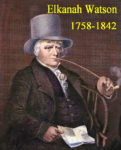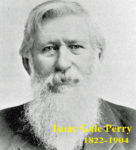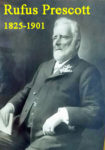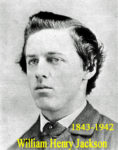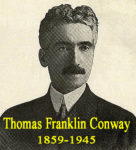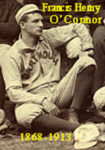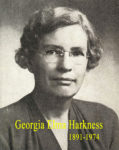Individuals who were born, died, or resided in the Towns of AuSable or Chesterfield and whose influence made a significant impact beyond the Keeseville region.
Matthew Adgate
(1737–1818)
Ausable Chasm
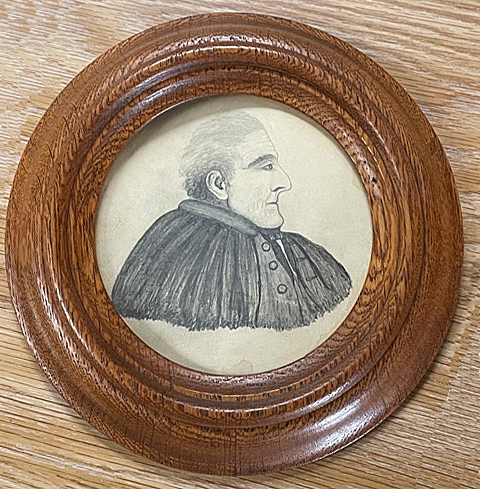
Early advocate of American Independence. One of the first appointed to a Committee of Safety. He was a delegate to the Fourth Provincial Congress (1776), and the 1788 Convention which ratified the Federal Constitution. Judge of the Court of Common Pleas for Albany and Columbia Counties. Long serving member of NYS Assembly. Land agent for extensive tract in the North Country.
Elkanah Watson
(1758–1842)
Port Kent
Served as a courier for American leaders during the Revolutionary War traveling the Atlantic coast on patriot business. In 1779, he was sent to France with dispatches for Benjamin Franklin. He was a prominent merchant, land speculator, promoter of public works, and one of the founders of the Bank of Albany. His passion for internal navigation (canals) & promotion of county agricultural fairs illustrate his dedication to developing the resources of the new United States. He authored a number of works on agricultural and economics topics.
Isaac Gale Perry
(1822–1904)
Keeseville
Architect acclaimed for design of public buildings throughout NY and in other states; armories, asylums, banks, churches, & libraries, many of which are now on National Register of Historic Places. He was the overseeing commissioner architect for the New York State Capitol. With his father, Seneca Perry, built several Keeseville homes featuring his signature spiral staircases.
Rufus Prescott
(1825–1901)
Keeseville
Regional “Captain of Industry.” Visionary businessman, investor in Keeseville, AuSable Chasm & Lake Champlain Railroad, and civic leader. Established factory for making furniture, homes, components, bridges over a century and largest local employer. Chesterfield supervisor 1862–1866, raised troops for 116th Regiment NY Volunteers.
William Henry Jackson
(1843–1942)
Keeseville
Photographer, painter, and Civil War veteran. In 1870 he joined the Hayden expedition west into the Yellowstone Lake area. Jackson’s images were the first published photographs of Yellowstone. Partly on the strength of these photographs, the area became America’s first national park in March 1872. Jackson also became the first to photograph the prehistoric Native American dwellings in Mesa Verde, Colorado. He was a great-great nephew of Samuel Wilson, the progenitor of America’s national symbol Uncle Sam.
Thomas Franklin Conway
(1859–1945)
Port Douglass
Teacher, lawyer, politician, philanthropist, and advocate for farmers and education. New York State Lt. Gov. 1911–1912. Chairman of the New York State Commission of Alcoholic Beverage Control in 1933 at a pivotal time of the repeal of prohibition. He was a director of the NYS National Emergency Council and served two years on the St. Lawrence Power Development Corporation. He was chairman of the State National Recovery Administration, a New Deal agency to create a code of fair practices and set prices to eliminate “cut-throat” competition. He was a knight commander of the Order of St. Gregory the Great in recognition of his service to church and state.
Francis Henry O’Connor
(1868–1913)
Keeseville
Athlete, physician, and surgeon. Left-handed pitcher who played college & minor league baseball and the 1893 season for the Philadelphia Phillies. Practiced medicine in Vermont as well as choir director and leader in the Knights of Columbus in the Roman Catholic Church.
